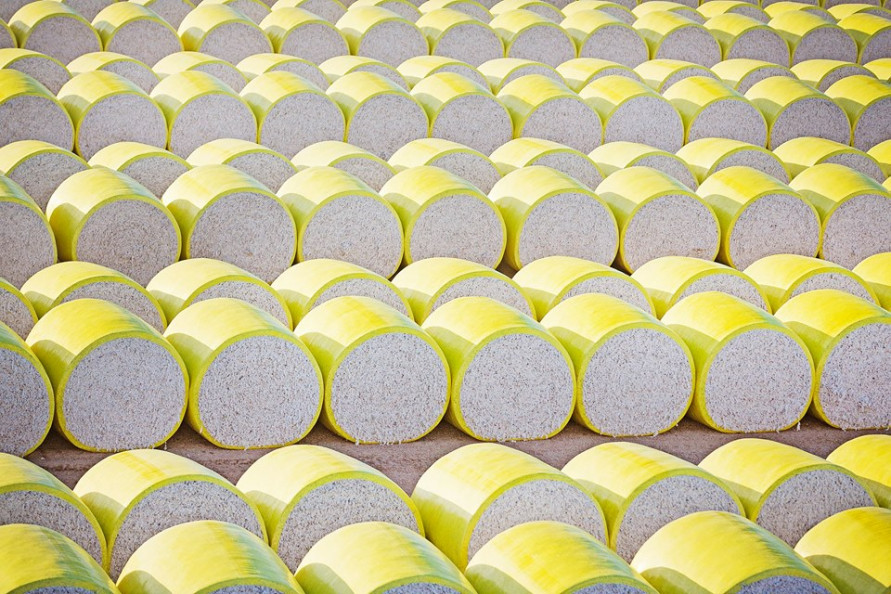Hank Reichle forecasts a 21.7 million bale U.S. crop for the 2018-2019 marketing which could climb as high as 23.2 million bales if West Texas has cooperative weather.
John Hart
The president and CEO of Staplcotn says global cotton production will be less than consumption this year and the United States will produce a bigger crop to help meet the need.
Speaking to the annual meeting of Southern Cotton Growers and the Southeastern Cotton Ginners Association at the Westin Resort and Spa in Hilton Head, S.C. Jan. 18, Hank Reichle forecasted a 21.7 million bale U.S. crop for the 2018-2019 marketing which could climb as high as 23.2 million bales if West Texas has cooperative weather and produces a good crop.
As for U.S. cotton acreage this year, Reichle believes acreage will be down a hair in the Southeast mainly due to the big increase in acreage last year. For the Mid-South, he expects an acreage increase primarily due to lower prices for soybeans. And for Texas, he sees a slight increase in acreage.
“We have a big crop coming and for prices to have much of a chance we need to get rid of every headwind that we can. The trade war is number one. If we can get rid of the trade war at least we will have the opportunity to sell to every market that we need to be selling to,” Reichle said.
A slowing global economy is also a concern, but if the trade issues can be resolved, Reichle says that will help the economy and benefit U.S. cotton sales.
Citing USDA data from December (updated numbers weren’t available at the time of his talk due to the government shutdown), Reichle said consumption for the 2018-2019 marketing year is expected to exceed production by nearly 7 million bales which will lead to a drawdown of global stocks. Reichle said this is very supportive of prices.
Reichle emphasized that prices have dropped to the current 70 cent per pound range from earlier highs approaching $1 not because of too much global production but because of a slowing of the global economy and the ongoing trade war.
In fact, Reichle pointed out that both the U.S. and Australian cotton crops were down two million bales last year compared to the year before because of weather challenges. The Australian crop suffered from a drought while the Southeastern U.S. crop was hammered by hurricanes and the Southwestern U.S. crop was harmed by lack of moisture.
“In the U.S., we planted nine percent more cotton in the Memphis eastern territory, but we didn’t get any more production. We had a bumper crop on the stalk in the fall, we just didn’t get to bring it home. In the Southwest, production was down because of moisture. The Southwest saw a higher abandonment and lower yield compared to the prior year,” Reichle said.
Globally, India also saw a smaller crop last year while the Chinese crop was also smaller. Pakistan, like India, continues to suffer from poor yields. Reichle said one bright spot is Brazil which had a good cotton crop, showing a 1.8 million rise in production.
In fact, Reichle sees Brazil as a major player in the global cotton market this year.
“Brazilian farmers are very market sensitive just like Southeastern and Mid-South growers are. When relative prices for cotton goes up versus grains and oilseeds, they tend to shift production and that’s happening,” Reichle said.
Most importantly, Brazil is now turning to the Chinese market in a big way due to the 25 percent Chinese tariff on U.S. cotton. Reichle said Brazil is expanding its cotton acreage and has big yields and has cotton available to meet Chinese mill demand.
Πηγή: farmprogress.com


